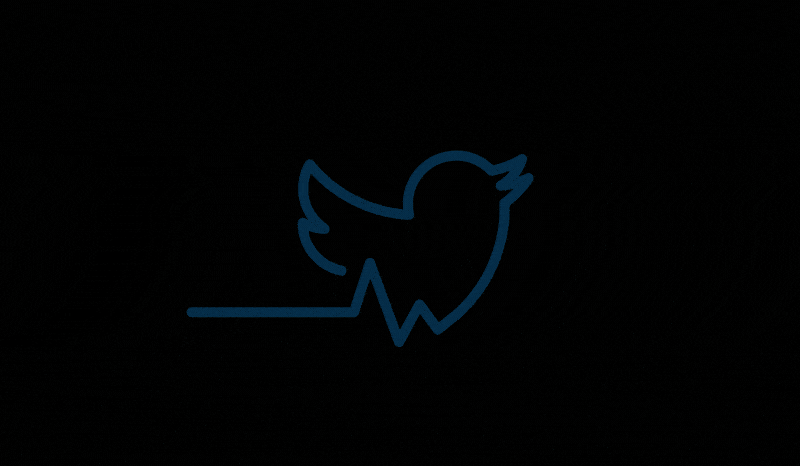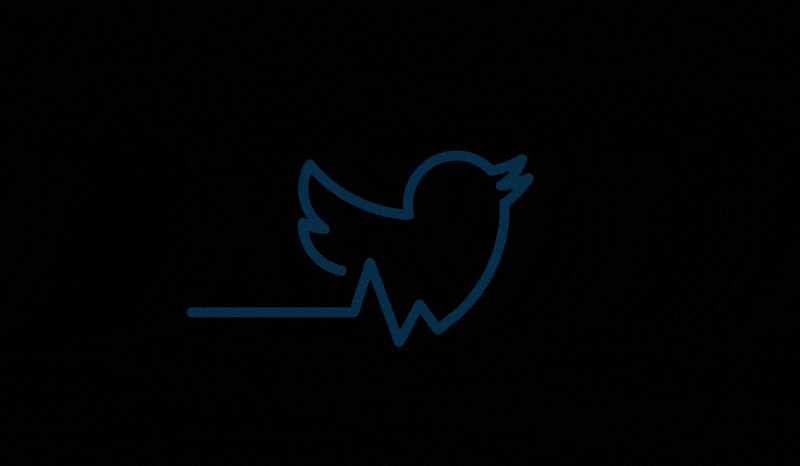
Publishers lament the removal of Twitter Moments as referral traffic dips
Under the leadership of Elon Musk, Twitter’s role as a traffic referral source to publishers’ sites is declining. Publishers mostly blame the removal of Twitter Moments.
January 18, 2023 | By Sara Guaglione & Marty Swant

Under the leadership of Elon Musk, Twitter’s role as a traffic referral source to publishers’ sites is largely declining.
Twitter referral traffic to a dozen major publishers’ websites declined, on average, by 12% in December 2022 compared to November 2022, according to an analysis by Similarweb, a data analytics company that monitors web traffic. Some publishers — such as The Washington Post, The Wall Street Journal, CNN, The New York Times, USA Today, the BBC and Yahoo — each saw referral traffic from Twitter fall between 10% and 18% month over month.
Only two publishers in the sample set — The New York Post and Fox News — saw their traffic increase while People’s website traffic declined by 46%. In most cases, changes were sharper than publishers saw between November and December 2021, when most publishers in the sample set saw traffic increase rather than decrease.
Publishers Digiday spoke with mostly blamed the removal of Twitter Moments in December as the reason for this drop. As a result, they are investing in other social platforms, like LinkedIn and Facebook, and in formats like newsletters as their advertisers request to stay off the platform.
Data shows publishers’ Twitter referral traffic declines
Web publishing tech provider Automattic analyzed a random set of 21 large and small publishers and found that the sites’ traffic from Twitter in the fourth quarter fell, on average by, 13%. Of that data set, 71% of publishers saw their traffic decline. That Q4 data includes traffic from before Musk took ownership of Twitter in late October.Todd Blackmon, who oversees Automattic’s global marketing agency partnerships — which acquired Parse.ly in 2021 — said the declines could be from a number of factors. For example, it could have dropped if publishers decreased ad spend or from people using Twitter less and therefore tweeting out fewer links to news articles. [Editor’s note: Parse.ly is a contracted vendor with Digiday Media].
Executives at two publishers who agreed to share their own data on the condition of anonymity saw Twitter referral traffic cut in half.
A head of social at a large millennial-focused digital publisher said they saw a 36% decrease in referral traffic from Twitter from Q3 2022 to Q4 2022 across their sites. Some of its titles with a smaller audience and Twitter follower count saw up to a 99% decline in Twitter referral traffic. The company experienced a 42% drop in Twitter traffic from Q2 to Q4. Twitter accounted for an average of between 3% and 5% of the company’s total traffic, which was cut in half when Twitter Moments stopped getting picked up in October.
Another head of social at a large regional news publisher said that while they have seen traffic from Twitter decline all year, traffic halved from October to December from about 5% to about 3% of overall traffic.
Impact of Twitter Moments removal
Both publishing executives blamed the removal of the Twitter Moments feature — which allowed publishers to curate and highlight content around a large news event — as the main reason for the traffic dip.“[We] had a really strong strategy around Twitter Moments… that was a huge traffic source. We saw an immediate dip in traffic and referrals,” said the regional news publisher exec, who said Twitter was the company’s second largest referral source after Google but is now in sixth place. “It used to be that we could flood Twitter and even the worst story would get a respectable amount of views. And now a larger portion of our coverage is not really finding any audience whatsoever.”
As a result, the social team has “pivoted to purely promotional, sexy, spicy tweets to get people to read our articles,” the exec said.
“The biggest change is the disappearance of Twitter Moments,” added the exec at the millennial-focused digital publisher. “We’re still actively publishing robustly on the platform and seeing that standard traffic come in from what I would call the baseline, normal traffic. But most of our heavy traffic — and definitely our spikes and virality — all came from Twitter Moments.”
But how much does Twitter traffic matter?
Despite these sobering numbers, the impact of the decline in Twitter referral traffic isn’t significant, at least to three publishers Digiday spoke with for this story.Guardian U.S. editor Betsy Reed told Digiday that Twitter is a “very minor” traffic referrer. “It’s never been a major part of the strategy so we’re not really vulnerable to what’s going on,” Reed said.
For the whole of 2022, referral traffic from Twitter dipped by 20% year over year, according to data from publisher analytics firm Chartbeat which includes 1,200 sites that are Chartbeat customers in the News and Media category.
At the regional news organization, the head of social said Twitter “has been unreliable for over a year now” as a traffic referral source. The publisher’s social team was preparing for this decline by upping its distribution and experimentation on other platforms like LinkedIn, Pinterest and newsletters.
“The big, scary, existential question is, will social media continue to be a traffic source for a news organization? Or will it become just a storytelling platform or just a marketing platform?” the news publisher exec said.
The head of social at the millennial-focused digital publisher said the traffic going away is “not something that is deemed business critical for us.” While they are not necessarily shifting away from Twitter, the executive said the social team “probably would’ve committed more resources to Twitter if we had continued to see growth all through 2022.” The executive said they’ve seen more stable referral traffic from Facebook since pivoting to publishing more short-form vertical video over the summer on the platform.
Advertisers tell publishers: no Twitter
Not only is Twitter not sending as much traffic to publishers, but the platform isn’t really helping their dealings with advertisers either. The regional news exec said one advertiser asked not to be tagged in sponsored content shared on Twitter, because they are no longer advertising on the platform.“Most of our clients are currently not interested in advertising on Twitter,” added the millennial-focused digital publisher exec. Twitter has the ability to sell ads against the publisher’s video content through the Amplify program. The publisher was “always running something with them… But we really haven’t had any programs in the last few months from Twitter,” they said.
The exec said advertiser clients have told him they “don’t need to see Twitter on the plan” in sales pitches.
Twitter’s future with publishers is an unfinished story
The future role of Twitter when it comes to news distribution is still left to be seen. However, when The American Press Institute recently surveyed people from nearly 50 newsrooms, 67% said they don’t plan to pay in order to retain or add verified Twitter accounts, 28.3% said they’re not sure and just 4.3% said they would pay. When asked if they’ll continue to use Twitter as a distribution platform, 59% said they’d use it about the same, 20.5% said they plan to use it less. Others said they would use it sparingly, more, would stop using it or plan on “taking it day by day.”Twitter has still largely been used as a broadcast platform for publishers compared to other ways of having two-way connections with audiences such as newsletters, according to Elite Truong, vice president of product strategy at the American Press Institute.
“Twitter in the last few years kept evolving to try to keep people in the ecosystem, with Spaces, trying to make the verification or blue check more valuable,” Truong said. “News organizations were able to find viral things to report on more easily than other platforms. But Twitter was only one of many evolving platforms that news orgs had to navigate to reach an audience, and had to play along with product updates to get content featured and elevated above the noise.”